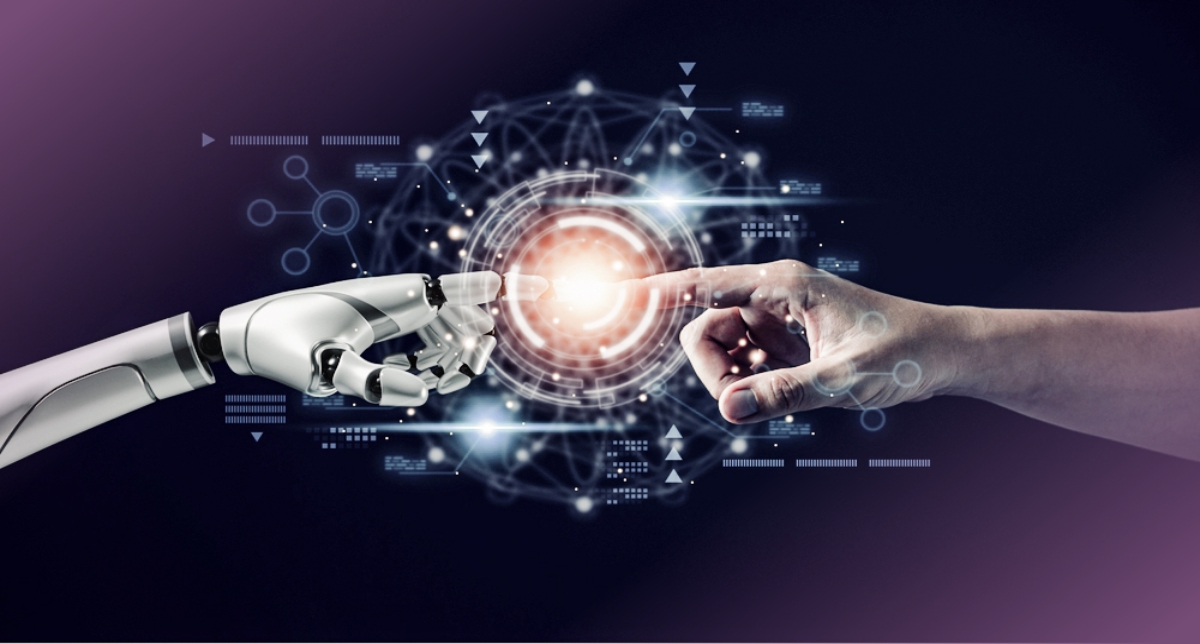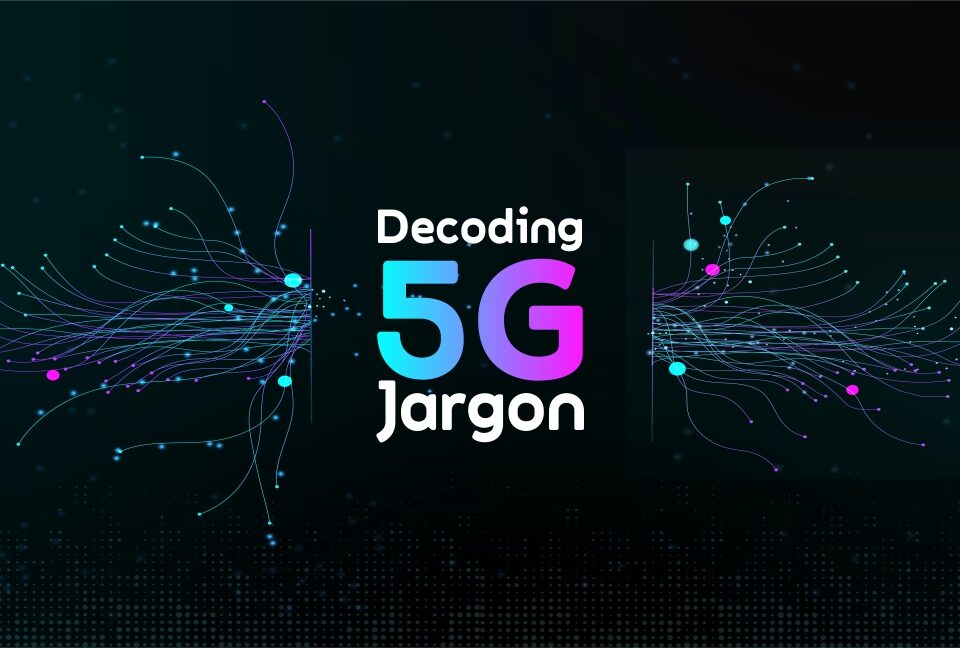Brain and Bot: A match made in heaven or a marriage destined to fail?

Calibration Uncovered: What It Is and Why It Matters for Your Test Equipment?
February 11, 2025
Enhancing Connectivity with High-Quality Telecom Accessories
February 11, 2025We discuss here what is AI, Why AI, How we design AI, how we can apply the technology to benefit from it and what are the challenges to human society as a whole.
Firstly AI, the buzzword for Artificial Intelligence, is a collection of software programs which mimic human brain in comprehending questions asked, making decisions, analyzing what is right or wrong, use multiple languages, translating between them, and above all , continuously learning from each transaction and each experience. While human brain has a physical form, AI is just a collection of computer programs that mimic the function of neurons and synopses in human brain by using computer systems called Neural Networks.
Today’s fast computers capable of handling and processing massive data are used to run a vast amount of data through a set of algorithms to train the computer system to identify patterns and make decisions based on them. Since over the past several years we have digitized large areas of human activity- be it communication, or finance, or, entertainment, or various aspects of business, we are in possession of large amount of data required for training the AI models.
Recognising images and handling several languages for communication are not possible with conventional software systems while the AI applications are capable of the same. This process of teaching a computer system to identify patterns and make decisions based on them is what we call as machine learning – the process to achieve Artificial Intelligence capability.
So, we design AI applications using machine learning, which in turn uses Neural Networks and processes massive amounts of data for training the AI models. We have Bingchat, ChatGPT, Copilot etc. now because of machine learning and availability of Big Data.
AI applications have to communicate like humans. For this we need Large Language Models or LLMs. LLMs use machine learning algorithms to process vast amount of text data to learn patterns and usage in languages so that they can communicate in words like humans. The computer systems have strong and fast problem solving capabilities. Using the language capability along with problem solving analytical ability, we can use AI models to summarize text, to chat and answer queries. They can do creative work also like writing poems, drawing artworks, creating 3D models, and even write computer codes. More and more training with reinforcing feedbacks the models can be made more competent to respond closely like humans. The creative work we refer here is what is also called Generative AI.
Generative AI uses the LLMs to learn patterns and structures and use that knowledge to create new texts, videos, pictures, music, art, software codes etc. which is good but has a flip side also. This also permits creation of fake images. videos etc. In these days of media dominating the information exchange in populations fake news, pictures and videos can have disastrous effects.
Finally, we have AI models which can multitask. They can read text, view videos, listen to queries, (may be they can smell and use sensors to behave like sense of touch also!) like humans simultaneously and use their immense and fast problem solving and analytical abilities to provide solutions in near real time. Many human routine tasks will be more efficiently carried out by AI driven robots, releasing humans to do even higher level tasks. In the short term there is a risk of people getting displaced from their routine jobs and they will require retraining and new deployment.
AI robots can replace doctors for consultations and they are seen to be capable of carrying out very precise surgeries. In industries, they perform high quality production and since the robots never get tired or have any feelings, can give much higher output than humans in terms of both quantity and quality. Thus there will be reduced industrial manpower also. These are some challenges to human society in using AI applications.





